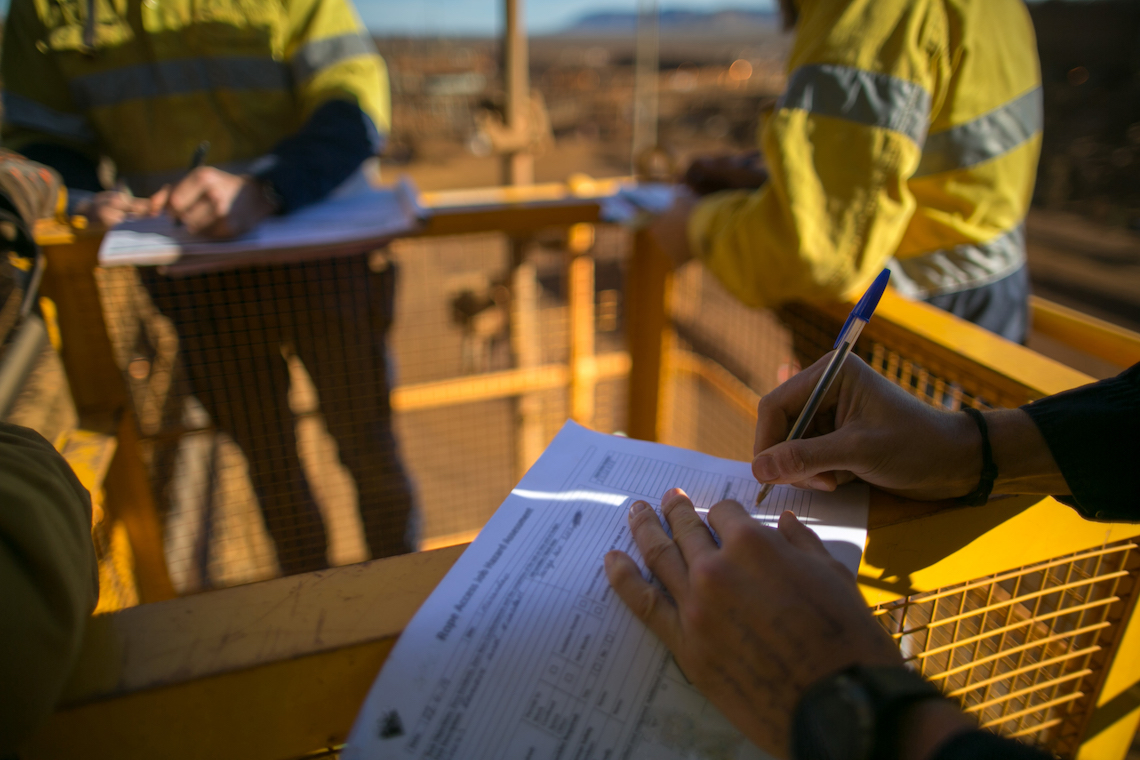As safety professionals, QRMC consultants have seen a lot of Safe Work Method Statements (SWMS) in their time. It would be fair to say that the quality of these tends to fall into a typical bell curve: some are top notch, some are next to useless, and the majority are somewhere in the middle.
But what is meant by quality? In a SWMS it means two things:
- That they fulfil the primary purpose of a SWMS – that is, they provide workers with step-by-step instructions for how the work activity is to proceed, with the hazards identified and the required safety controls stated for each step, all in an easy to understand manner; and
- That they fully meet the legislative requirements of the jurisdiction in which the work is taking place.
Point 1 is where most organisations tick the box – albeit in as many ways as there are stars in the universe. What differentiates the good from the bad (and the ugly) here is paying attention to:
- keeping it simple,
- ensuring workers have had an input into the work methodology and how to do the activity safely, and
- taking a consistent approach to controlling the risks that everybody understands.
The SWMS needs to be a “live” working document that is able to be referred to during the work activity, rather than a once-off, sign-on sheet before the job commences. It is also the organisation’s documented methodology that will be the evidence that an auditor, inspector, or worse, judge, will be seeking to compare the actual, on the day work methodology against. The paper and the work on the day must marry up.
Point 2 is where QRMC sees the most misunderstanding of what is required, and there really needn’t be. In Queensland for example, Section 299 of the WHS Regulation (2011) is quite straight forward in stating the legislative requirements for a SWMS for ‘high risk construction work’ (with ‘High risk construction work’ defined in Section 291).
Where many organisations’ SWMS don’t meet these legislative requirements is in regard to:
- Not taking into account relevant circumstances at the workplace that may affect the way in which the work for which the SWMS has been prepared, is carried out.
This requirement is to ensure the organisation has identified any issues (circumstances) at the location where the work is to take place (and importantly, around the work location that have the potential to impact the work – for example, an operating crane or large volumes of traffic next to the work site). These circumstances may not be known until arrival on site. The SWMS must be prepared to take these into account. - Not describing how control measures are to be monitored and reviewed.
Most SWMS state the measures that are to be implemented to control the identified risks. However, that last crucial step in the risk management process – monitoring and reviewing the risk – is often neglected. If, for example, one of the implemented controls is the use of temporary steel upright posts to hold the ceiling in place above workers to prevent collapse, then the SWMS must contain details about how and how often the steel posts will be monitored to ensure they remain in place, fit for purpose, and effective. Monitoring and reviewing risk control measures should be an integral part of the risk management process, and the SWMS must reflect this.
For assistance in preparing, reviewing or auditing your SWMS and work activities, or for further information, please touch base with us at QRMC.









